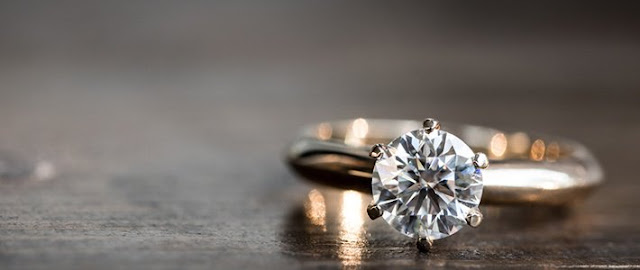A Complete Guide To Prong Setting Rings
It is essential to know about the various kinds of settings and cuts before finalizing your dream lab-created diamond ring. The setting and the diamond together make a ring whole. Thus, it is essential that the setting of your ring is as impeccable as your diamond. You can either opt for a setting that has recently witnessed a surge or one that has found its way back into the jewelry sphere. Prong is an intelligible setting for both a bride that seeks comfort and one that wants to keep history alive.
Prong Setting
The prong setting is commonly said to have four or six metal prongs that extend up from the ring’s basket and over the gemstone. It keeps the diamond intact and allows more light to enter the stone.
Now that you have a clear picture of what a prong setting would look like, here is a little dive into its history:
History of Prong Setting
As ubiquitous as prong-setting rings may seem, there was a time when this silhouette was virtually nonexistent. The prong setting has been in existence since the 19 century. It did not earn much praise until the time Tiffany & Co. gave it a new modification. In 1886, the Tiffany prong setting was renowned for creating an illusion of the precious stones floating over the wearer's finger. In its inception, it revolutionized jewelry in which the stone is the center of attention. Although they exhibit a minimalistic look, prong settings are technological marvels and remain so to date.
After learning the history of the prong setting rings, let us discuss more qualities to help you customize your lab-grown diamond ring in a better light:
Pros and cons of Prong Setting
There are always two sides to a coin and so to a ring set in prongs.
Pros
- They are recognized for their classic and
timeless look.
- It is a great way to showcase your engagement
stone, as it doesn't take much room on the ring.
- They are easier to clean because of their
small shaped prongs.
- You can ensure maximum shine after each
clean as you can get to the sides and undersides of the stone.
Cons
- It can get caught on something that may catch
or snag on fabrics or skin.
- If the stone is not set evenly within the
prongs, it might wiggle loose.
- You need to custom-make this setting from a trusted jeweler otherwise, this setting can display inferior workmanship.
Having learned the boons and banes of the prong setting, you might want to know how to take care of it, so here's,
How to care for a Prong Setting Ring?
A prong setting needs a bout of cleaning and checkup with a trusted
jeweler every six months to stand the test of time. The jeweler will inspect
the prong for any weakness or trauma, making sure that the diamond(s) remains
well secured in the setting.
To clean your ring at home, hot, soapy water and a gentle brush with a soft-bristle or a non-abrasive jewelry cleaner followed up with a lint-free cloth. Make sure to keep it away from any other jewelry to avoid scratches or damage to the surface.
Knowing all about the prong setting, we believe you are convinced that this setting can make a difference to your dream ring.
If you are looking for jewelers in Marietta for customizing your ring, visit Cultured Brilliance, they offer the finest pieces of jewelry and have the best artisans onboard to help you with everything jewelry.

Comments
Post a Comment